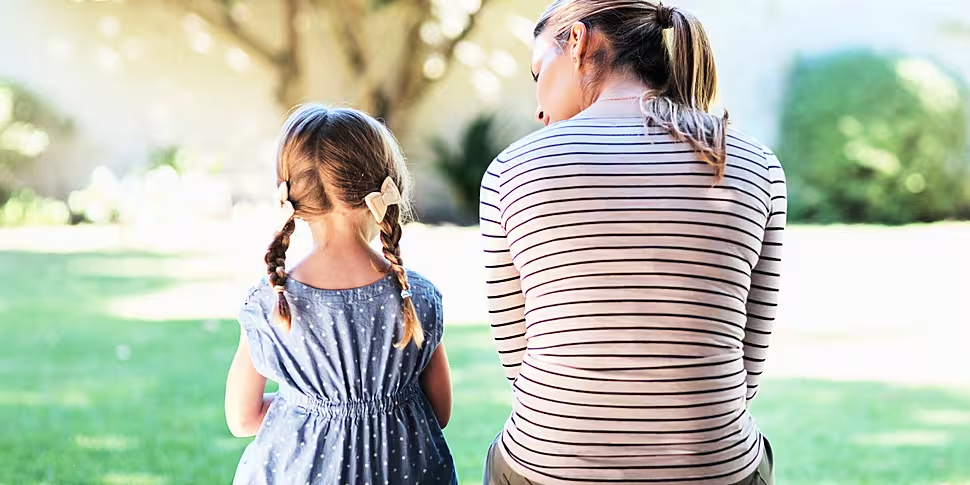On this week's 'Parenting' segment on the Moncrieff show, one listener sought advice about how to teach her child not to be racist.
Joanna Fortune, psychotherapist specialising in Child & Adult Psychotherapy, joined Moncrieff to answer this and other listeners' questions.
The question:
"My 6-year-old told me that she has learned the "N" word - and that it was a bad word. She said her friend told her about it.
"I confirmed that yes, this is one of the most awful words and you should never use it about anybody, or for any reason. However, I was not really sure if I should expand on this – I did not (nor did she) actually say the word. It felt wrong for me to say it.
"I am not even sure if she knows what it is. She only really knows one black child, but not from school. So I didn't want to talk specifics about that person – should I have? Just not really sure how to navigate in an age-appropriate way?
"We don't live in an urban area, so there are not that many people who are not white in the area. So it’s even more important to get this right from the start!"
Listen and subscribe to Moncrieff on Apple Podcasts, Google Podcasts or Spotify.
Download, listen and subscribe on the Newstalk App.
Joanna Fortune's advice:
“It’s a difficult conversation because there is no perfect template for it. But ideally, as with so many things when it comes to parenting, we start it as early as possible. This is still a six year old child but... before one year old, babies can recognise colour difference and by five years old, many can show and do show a racial bias.
“Now I’m not saying that’s what this little one is showing or her little pal. Clearly, they heard a word and something in - at least your child but I would imagine both of them - knows that word is not okay. Because it’s ‘the N word’, she didn’t even use the word.
“That doesn’t mean she knows why it’s not okay. But something in her recognises this isn’t okay. So you did the right thing by saying, ‘This is not a good word, it’s an awful word.’”
“It might be useful to say, ‘It’s not kind. It’s not a kind word and it would hurt somebody’s feelings to hear that word. So it’s not a word we’ll ever use.’”
Joanna added:
“It helps to ensure that you have inclusive and diverse toys, dolls, books already at home. And if you don’t you can acquire some of these gradually, bit by bit and just integrate them into the toys at home without any fanfare or big announcement.
“If you want to embrace diversity it should be part and parcel of how children play because that is their language. That is how they make sense of the world that they live in and all the experiences they have in that world.”









